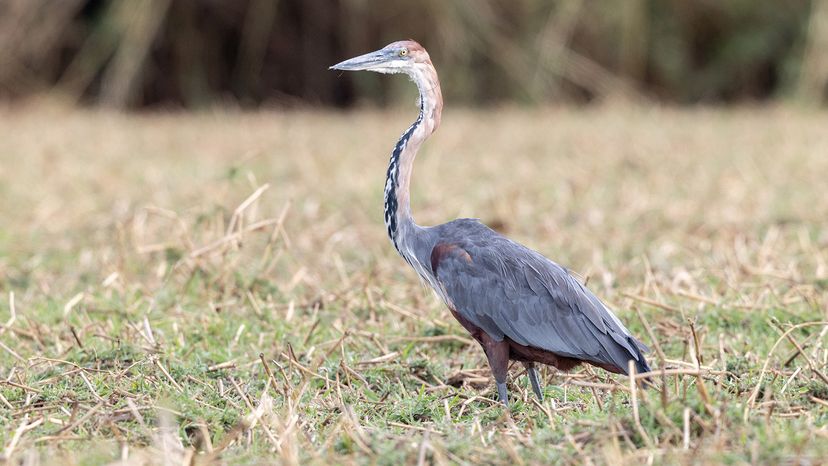Some herons and egrets get mistaken for cranes due to color or size.
- The great blue heron and grey heron are both towering waders with gray plumage.
- The great white heron is a pale variant of the blue heron, not to be confused with the great egret or snowy egret.
- The juvenile little blue heron even looks like a white egret until it matures.
Storks and cranes, such as the marabou stork or white stork, are another category of tall, long-necked birds that can complicate wildlife sighting IDs. However, storks and cranes belong to entirely different families.
To differentiate herons, cranes, and other birds, look at more than just color or size. Consider bill shape, neck position, behavior, and habitat. Whether you're admiring a reddish egret, a night heron, or a dancing demoiselle crane, understanding these differences enriches your birdwatching experience.
We created this article in conjunction with AI technology, then made sure it was fact-checked and edited by a HowStuffWorks editor.


